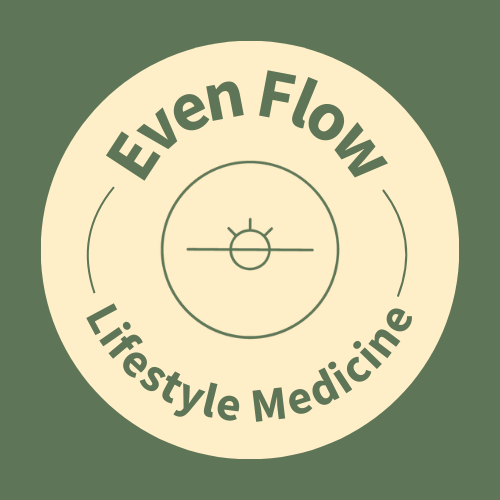
Cultivating Safety: A Polyvagal Approach to Wellbeing
Aug 25, 2024In the realm of health and wellness, we often hear about "vagus nerve hacks" as quick fixes for stress and anxiety. While these techniques can offer relief, they often miss the bigger picture of how our nervous system functions. As a nutritionist, wellbeing coach and mind-body practitioner, I've found that understanding and working with our body's innate stress response system can lead to more profound and lasting improvements in wellbeing.
The Polyvagal Perspective: Our Internal Guardian
Through the lens of Polyvagal Theory, developed by Dr. Stephen Porges, we can understand that our bodies have an innate, ever-vigilant system for assessing safety and threat. This internal guardian doesn't rely on conscious thought alone - it's constantly scanning our environment, our physical sensations, and our social interactions for cues of safety or danger.
When our nervous system perceives safety, it enables our body to enter a state of rest, restoration, and connection. We experience calmness, openness, and ease. This state supports healing, digestion, and social engagement. However, if the system detects a threat, even at a subconscious level, it activates protective responses. These can manifest as heightened arousal (fight or flight), anxiety, a desire to withdraw, or in some cases, a sense of numbness or disconnection.
The Three States of Our Nervous System
According to Polyvagal Theory, our autonomic nervous system has three main states:
- Ventral Vagal State (Safe and Social): This is our optimal state, where we feel safe, connected, and able to engage with others and our environment.
- Sympathetic State (Fight or Flight): When we perceive danger, our body prepares for action, increasing heart rate and alertness.
- Dorsal Vagal State (Freeze or Shutdown): In cases of extreme threat or when other responses fail, we may enter a state of immobilisation or dissociation.
Understanding these states helps us recognise our body's responses and work with them, rather than against them.
Creating a Sense of Safety
Rather than focusing on isolated techniques to stimulate the vagus nerve, a more comprehensive approach involves creating an environment - both internal and external - that signals safety to our nervous system. Here are some strategies to cultivate this sense of safety:
- Mindful Awareness: Pay attention to your body's signals. Notice when you're feeling tense or relaxed, and what might be triggering these states.
- Rhythmic Movement: Engage in activities that involve rhythmic, repetitive movements, such as walking, swaying or yoga. These can help regulate your nervous system.
- Social Connection: Positive social interactions are powerful signals of safety. Cultivate relationships that make you feel seen, heard, and valued.
- Sensory Regulation: Create environments that feel soothing to your senses. This might involve soft lighting, comfortable textures, or quiet places.
- Breath Work: Practice slow, deep breathing, especially with a longer exhale. This can help shift your nervous system into a more balanced state.
- Nutrition: A balanced diet rich in whole foods provides the nutrients your nervous system needs to function optimally. Stay hydrated and be mindful of stimulants like caffeine.
- Sleep Hygiene: Establish a consistent sleep routine. Good sleep is crucial for nervous system regulation.
- Nature Connection: Spending time in nature can have a soothing effect on our nervous system. Try to incorporate outdoor time into your daily routine.
The Role of Mind-Body Practices
Mind-body practices like yoga, meditation, and tai chi can be powerful tools for nervous system regulation. These practices help us develop a greater awareness of our body's states and responses, and provide techniques for shifting into a more regulated state.
In my work with clients, I focus on integrating these practices into daily life, rather than treating them as isolated exercises. The goal is to develop a toolkit of strategies that can be used in various situations to help maintain or return to a state of safety and balance.
A Journey, Not a Destination
It's important to remember that regulating our nervous system is an ongoing process, not a one-time fix. Our internal guardian is always working, and life will always present challenges. The goal isn't to eliminate stress or difficult emotions, but to build resilience and the ability to return to a state of safety and connection more easily.
By understanding this adaptive process, we can learn to create environments and practices that signal safety to our nervous system. This can lead to improved wellbeing, better relationships, and a greater capacity to handle life's everyday challenges.
Remember, everyone's journey is unique. What works for one person may not work for another. Be patient with yourself as you explore different strategies and find what works best for you. With time and practice, you can develop a more resilient, flexible nervous system, leading to a greater sense of ease and wellbeing in your daily life.

